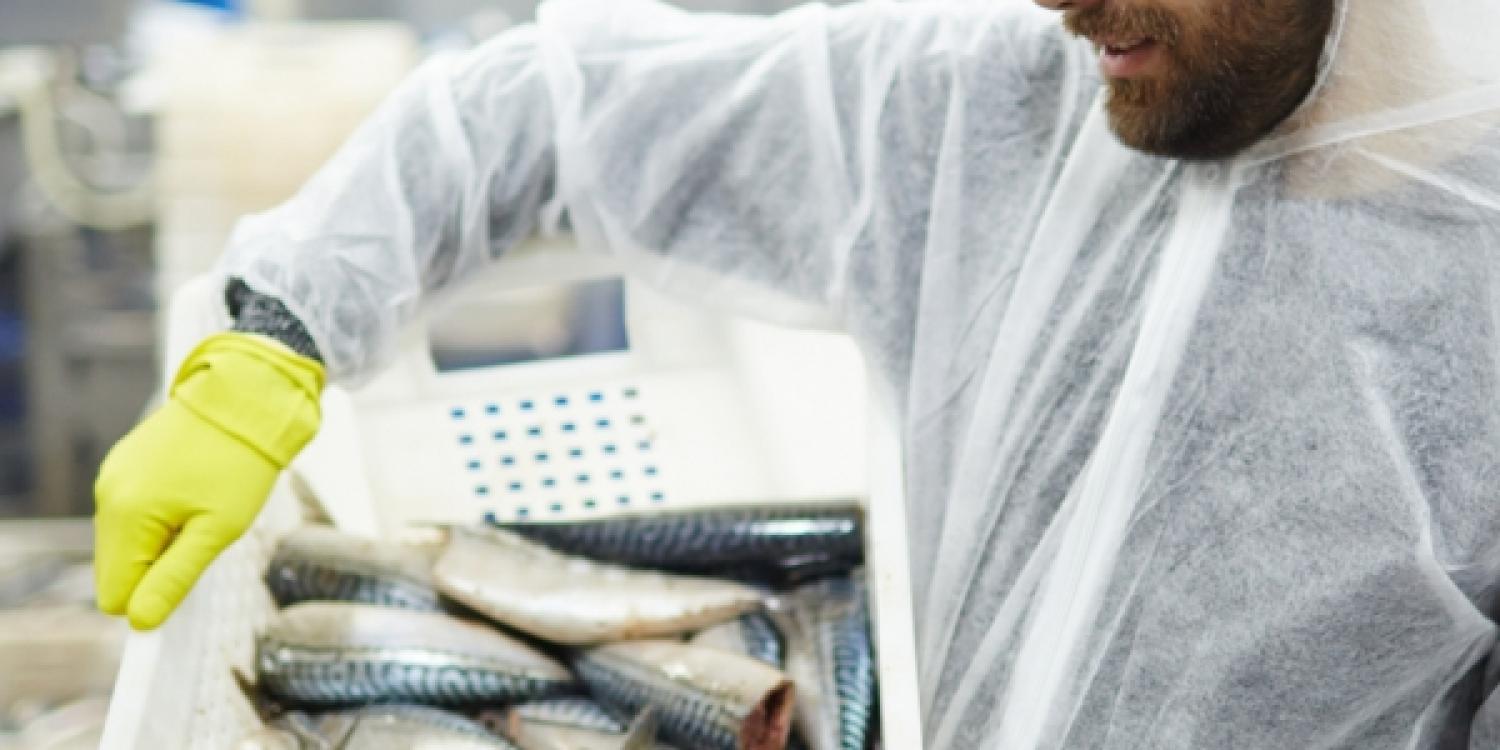Optimising heat recovery in fish-drying process saves money

Information
The heat is on... too high!
- Energy audit reveals energy wastage in key fish-drying process
- Focusing on improvements along two workstations recovers € 67 700 per year in lost heat
Copalis is a French fish-processing cooperative. Opened in 1960 in Boulogne-sur-mer, it has become a global supplier of natural marine ingredients to the nutraceutical, functional food, animal nutrition, and cosmetics markets.
Processing fish co-products requires high temperature which makes it extremely energy-intensive, especially the gas-fired steam system. COPALIS looked for ways to improve energy efficiency and save costs.
A lack of accurate metering and data was identified as a problem. An energy audit conducted with Ademe identified the dryers as the two biggest consumers. To dry the fish product, COPALIS uses steam to heat air at 190º C and then a gas process to heat it to 250º C. The energy flow rates are very high and rapid high-temperature processing is important.
Further analysis of the flows revealed where energy could be recovered from the outgoing component (as it cools). Two heat exchangers already existed on this dryer; one to recover energy from the hot air exiting the dryer process; the other to heat the air with steam. But this second one was poorly optimised: steam at 22 bar exited the process at 150º C, boiling the tarpaulin and generating huge energy losses. To deal with this, COPALIS installed an additional preheating stage crossing this outgoing steam with the incoming air.
Key results
Copalis worked to optimise the two most energy-intensive workstations on the site, resulting in a net recovery of € 67 700 per year lost as wasted heat.
The company is keen to pursue this successful energy-saving campaign on two strategic fronts: a metering plan to improve data on gas consumption; and continued vigilence to find further energy gains, such as in compressed air consumption.
Ademe (2016), '20% d'économies par an en optimisant la récupération de chaleur sur un process de séchage', http://multimedia.ademe.fr/catalogues/fiches-entreprises/14_COPALIS_FAE…